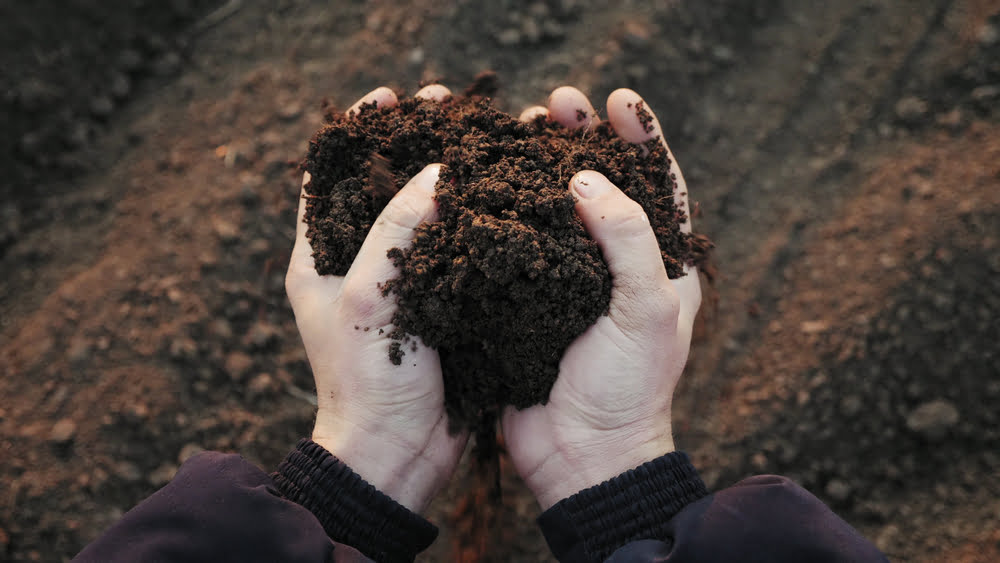In parts one and two of this multi-part blog series, we’ve gone over a number of details and indicators involved with healthy landscaping soil. Achieving this takes some attention to a few areas, but will allow your soil to provide optimal nutrients and other health factors to various plants, grasses and other elements in your landscape.
At Utah Landscaping Rock, we’re proud to offer several landscaping topsoil supplies, including topsoil delivery to many local clients each year. In today’s final entry into our series, we’ll go over some additional tips on keeping your landscape soil healthy and in great shape during all the relevant parts of growing season, including some themes for keeping them protected.

Chemical Use
While certain chemicals like pesticides might be needed for parts of the soil or landscape, it’s best to limit these where possible. Some general themes to keep in mind if you’re considering any chemical use:
- Is there a non-chemical alternative available? For pesticides, these may include horticultural oils, Spinosad various insecticide soaps.
- Can larger pests or bugs be removed by hand instead of using pesticides? Could a jet of water from your hose do the trick here?
- In some cases, you might want to choose disease-resistant plants for your soil.
- You may also be able to use barriers to prevent pests from invading or crossing over onto other plants.
Coverage Themes
To protect your soil from risks like erosion, pest infestation and others, consider coverage formats. The most common one is mulch, which is perfect for preventing raindrops from splashing soil around and sharing pathogens, which increases disease risk. Mulch also helps limit weeds while retaining soil moisture, an important factor for plant growth in many cases.
In other cases, you might consider using cover crops. These refer to actual plants that cover topsoil and offer similar benefits to mulch.
Crop Rotation
There are several benefits to rotating your crops among soil areas, including for the soil. Some of these benefits might include:
- Limiting pathogens from potential disease by eliminating the food sources they have to feed on.
- Limiting the depletion of nutrients that may take place without crop rotation. Some plants absorb their nutrients from the top layers of soil, while others absorb it from deeper into the soil area.
- Adding nutrients back into soil that may have been removed for one of several reasons. In particular, legumes like beans and peas are known for this effect, including the addition of nitrogen that’s highly beneficial to plants even after the legumes have died.
For more on how to care for soil on your landscape, or to learn about any of our landscape boulders, rocks or other services, speak to the staff at Utah Landscaping Rock today.
